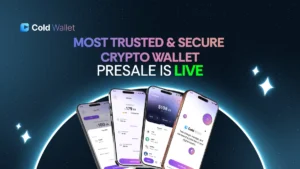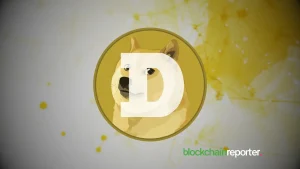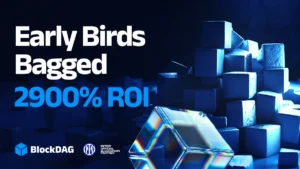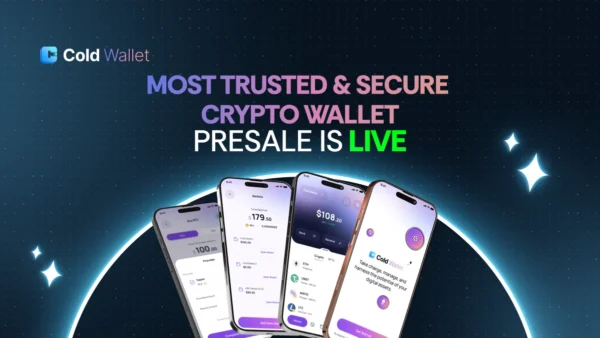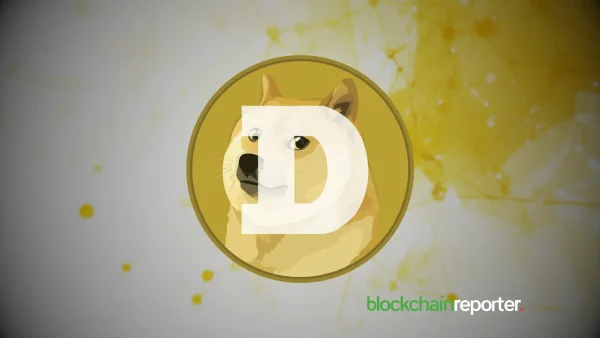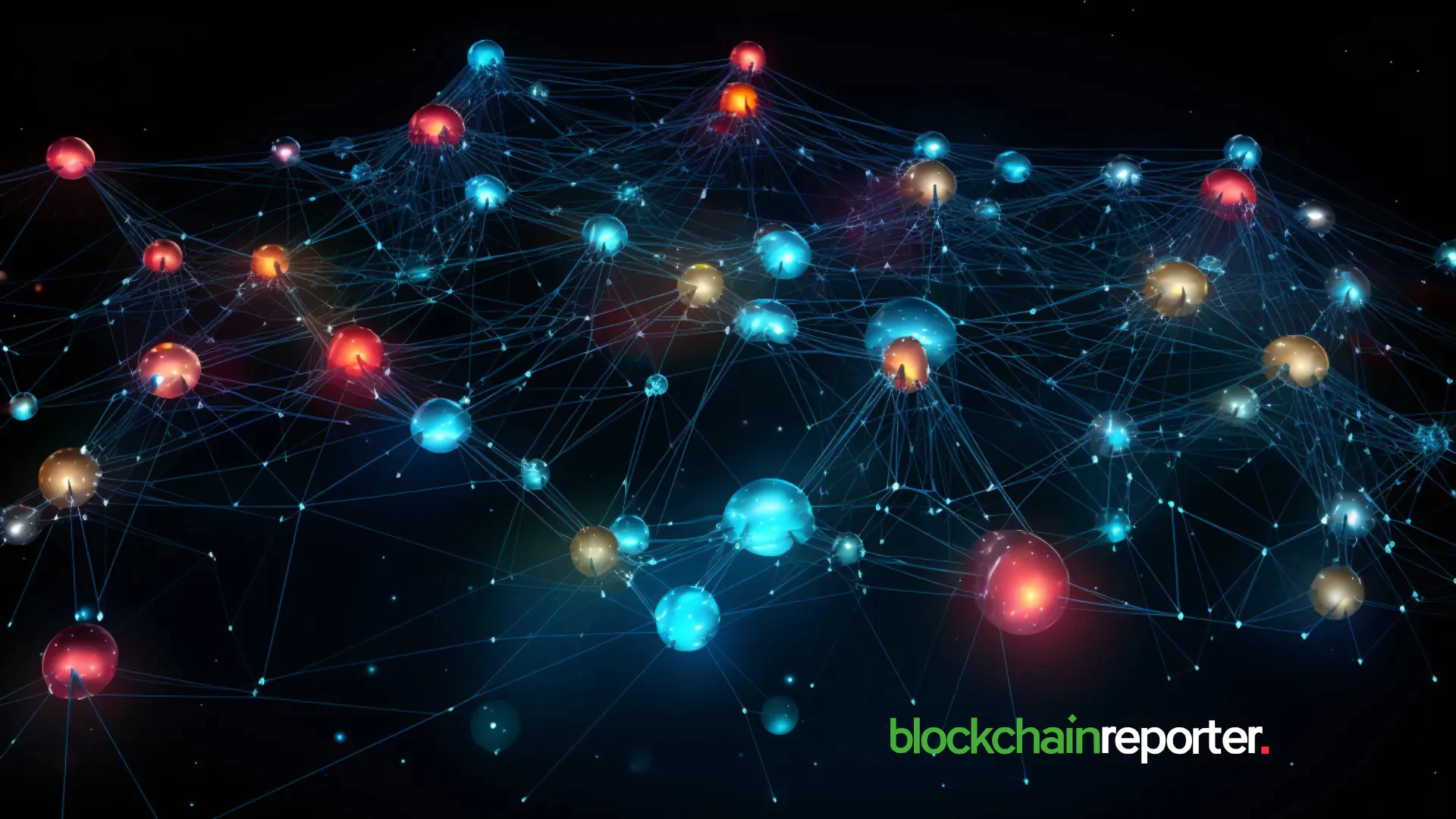
Okto has announced a strategic partnership with Polygon’s AggLayer. This collaboration aims to tackle one of the most significant barriers to Web3 adoption: simplifying the user experience. By integrating with AggLayer, Okto plans to make cross-chain interactions more intuitive and seamless, allowing users to interact effortlessly with blockchain applications.
The Okto and AggLayer partnership directly addresses these challenges, streamlining user experiences in the Web3 space. This integration promises to simplify blockchain interactions, eliminating the technical barriers hindering new users. With the AggLayer integration, Okto hopes to build a system where the intricacies of blockchain technology fade into the background, enabling users to focus on enjoying Web3 applications.
Empowering Everyday Users: Okto’s Ecosystem Expansion and Vision for a Seamless Web3 Future
As part of the launch, Okto offers its users the chance to mint an Okto Genesis NFT on AggLayer through the Okto app. This limited edition NFT provides users a unique opportunity to become part of the future ecosystem and solidify their connection to the Okto community. It symbolizes a commitment to advancing blockchain technology and a seamless Web3 experience.
With a growing user base, Okto has built a reputation for offering accessible and smooth blockchain interactions. The integration with Polygon’s AggLayer enhances Okto’s capability to serve as a bridge between users and the complex world of decentralized technology. By enabling cross-chain experiences, the platform makes it easier for non-technical users to navigate the decentralized landscape, potentially contributing to wider Web3 adoption.
Both Okto and Polygon envision a future where blockchain is accessible to everyone. Through partnerships like this, they are working toward a Web3 ecosystem that prioritizes user-friendliness without compromising on blockchain’s technological potential. This collaboration is a step toward mainstreaming blockchain technology, making it a seamless part of millions’ daily digital interactions.


